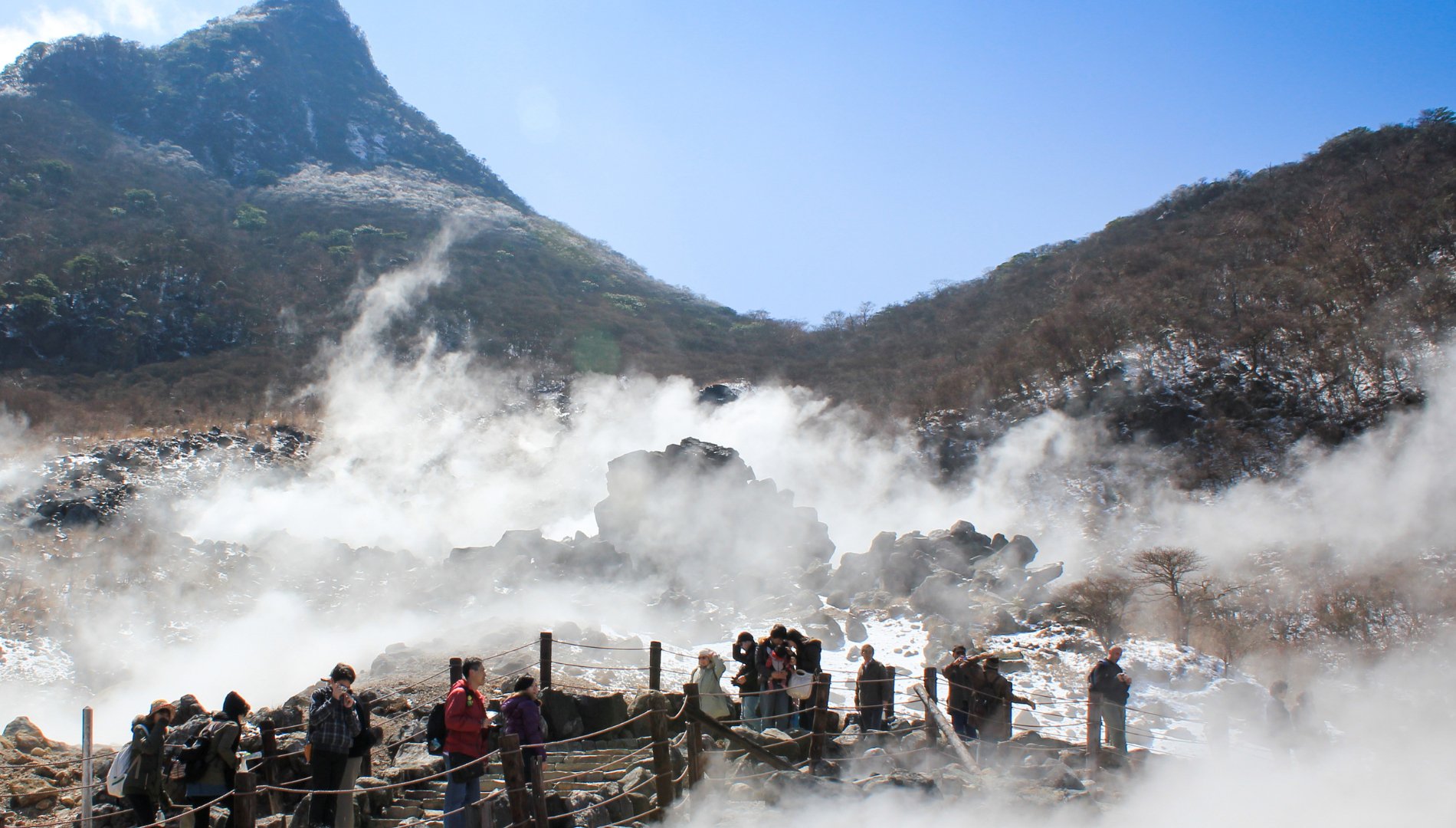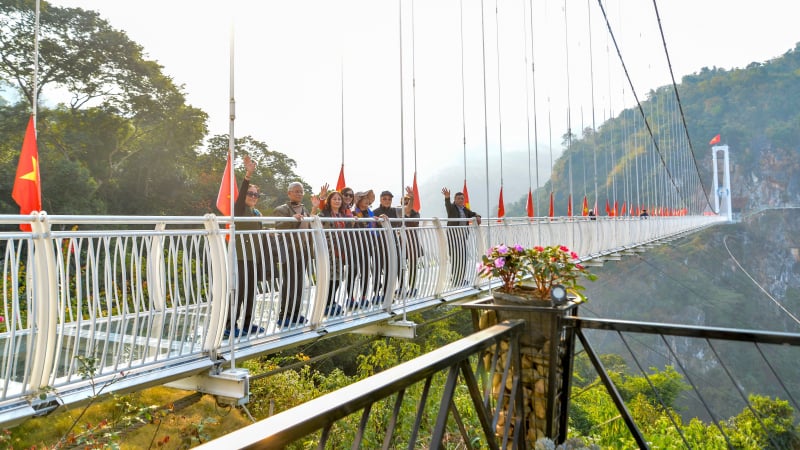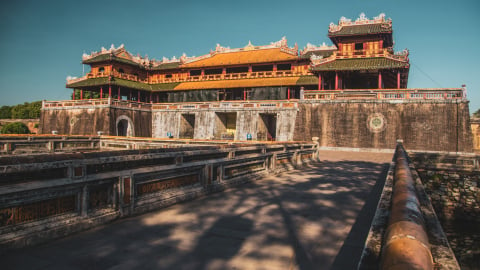Hot spring resorts, a source of pride and an integral part of Japan’s tourism culture, are facing an unprecedented challenge: a severe water shortage. The surge in international tourists, eager to experience the relaxation and healing benefits of natural hot springs, has put enormous pressure on hot spring water supplies, forcing some resorts to close.
In Tokyo and surrounding areas, local authorities have taken swift action, implementing urgent measures such as restricting new well drilling and calling on residents and tourists to join hands to conserve water resources. However, these measures are only temporary and cannot completely solve the problem. The boom in tourism, which is an important driving force for the Japanese economy, has not shown any signs of cooling down, posing a difficult problem of balancing economic development and protecting natural resources.
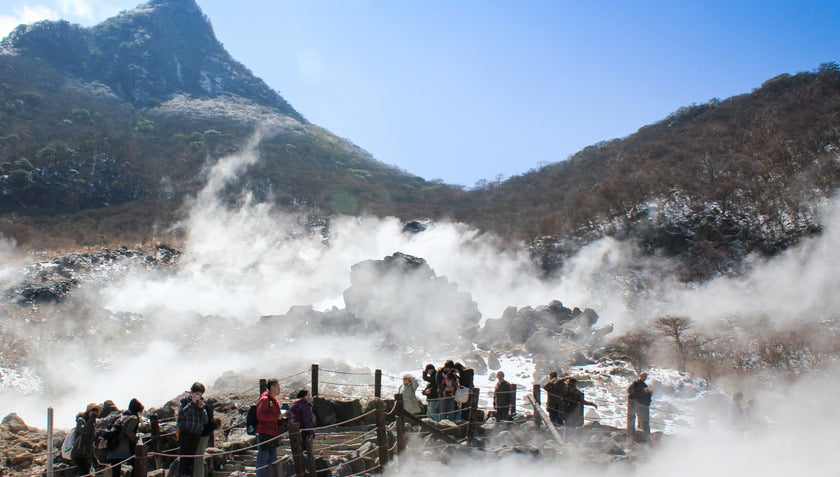
Hot spring resorts across Japan are facing water shortages due to the influx of international tourists.
The shortage of hot spring water not only affects the operation of resorts but also threatens the image and attractiveness of Japan's tourism. To solve this problem, close coordination between the government, businesses and the community is needed. Long-term solutions need to be researched and implemented, including investing in water-saving technology, strictly managing hot spring exploitation and raising awareness of water conservation in the community.
Earlier, in late January, Ureshino Mayor Daisuke Murakami held an emergency press conference to announce the alarming situation in the locality. He said the water level at the source of Ureshino hot spring, one of Saga Prefecture's major tourist destinations, had dropped to a record low of 40.8 meters last year. The decline is believed to be related to the increase in demand after the Shinkansen bullet train service began operating in the area, attracting a large number of visitors.
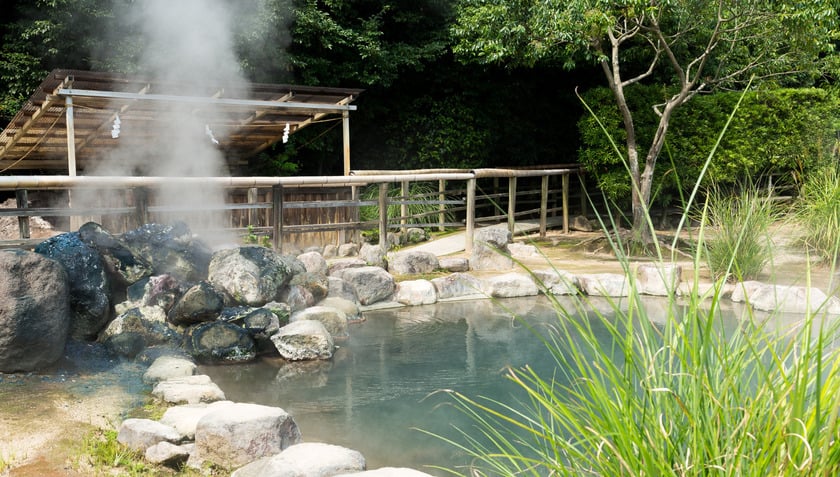
Overcrowding has forced some hot springs to close due to insufficient supply.
Saga Prefecture is working to find solutions to this problem, but it is not a simple challenge.
In response to the alarming decline in hot spring water resources, the prefectural government has issued emergency recommendations, asking hot spring resorts to minimize daily extraction. At the same time, some hotels have proactively adjusted in-room bathing times to late at night, hoping to facilitate the gradual recovery of water levels. However, this situation is not limited to Saga Prefecture, but has spread to many other prefectures across Japan, where hot springs are facing similar challenges.
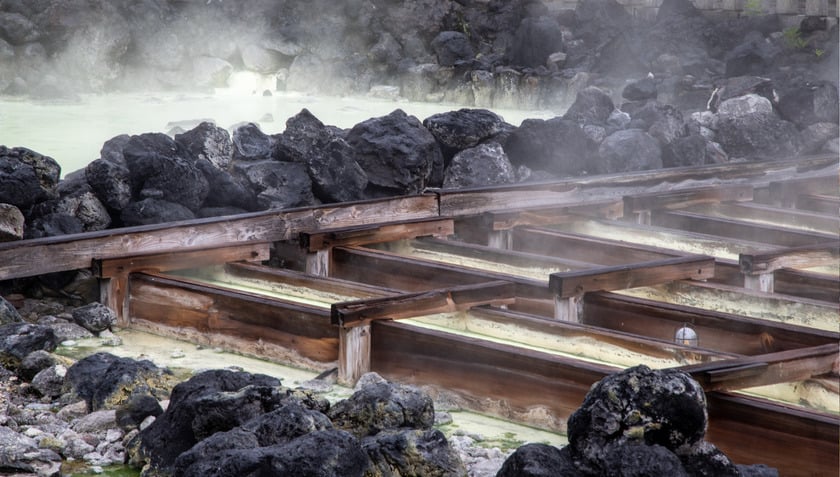
At the same time, cities across Japan have restricted new drilling to tap natural hot water from many springs, calling for water conservation.
Local authorities in these areas have been quick to implement response measures, including restricting the issuance of permits for new well drilling activities and actively encouraging residents and tourists to join in water conservation. While these measures have yielded some positive results, there are still serious concerns that they may not be enough to ensure a stable supply, especially as the number of foreign tourists continues to grow strongly.

However, they still do not have a long-term solution to provide hot mineral water to serve the increasing number of international visitors.
Experts have warned that the main cause of declining water levels is overexploitation. A senior researcher at the Onsen Research Center in Japan has stressed the need to adopt a scientific and comprehensive approach to hot spring management. He also said that monitoring and analyzing water level data is crucial to making timely and accurate decisions.
According to data released by the Japanese government earlier this year, the number of foreign visitors to Japan hit a record high of 36 million in 2024. This surge was driven by a number of factors, including the weakening of the yen, which facilitated international travel, and the resumption of air routes after the COVID-19 pandemic, which opened the door to international tourism.





